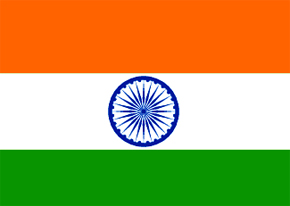
Dr. Hema Divakar, the chair of the Federation of Obsteric and Gynecological Societies in India discussed the abortion deaths in an interview. She said that a majority of the abortions done in India involve untrained abortion practitioners.
Divakar said the answer to the problem of women dying from abortions is to promote the morning after pill. She cited figures showing 78 percent of pregnancies in India are unplanned and said women would not resort to abortion if they used the pill and didn’t become pregnant.
However, previous reports show that abortion numbers in Scotland rose after an aggressive effort to promote the morning after pill there. The Scotland government reported 13,081 abortions in 2006, up from 12,603 the previous year — an increase of nearly 3.8 percent.
Abortion is causing other problems in India as a new report shows the gender imbalance there is growing worse as a result of infanticides and sex-selection abortions.
Researchers from relief group ActionAid examined a sample of 6,500 households in the Indian states of Punjab, Rajasthan, Haryana, Himachal Pradesh and Madhya Pradesh.
They found that the male-female ratio grew worse in four of the states compared with the figures from 2001.
According to a Reuters report, upper class Hindu areas of Punjab’s Fatehgarh Sahib district had the worst rates as the organization found only 300 girls for every 1,000 boys living there.
“These sex ratios are disastrous,” Mary John, a researcher from the Centre for Women Development Studies in New Delhi, said.
She said the new numbers reflect a trend of having smaller families. Couples are choosing to have only one child and deciding to only have a boy. India follows the beliefs of other Asian nations in favoring boys to carry on work and family names and because girls must have expensive dowries upon their marriage.
John said the skewed gender ratios occurred in virtually every community regardless of socioeconomic status, race or religion.
